Flamenco is an art full of passion, seduction, mystery and feeling that is expressed through dancing, singing and playing the guitar.
It is an art that does not need to be explained, it just needs to be felt. His passion and energy make you feel something unique and special that crosses borders, with fans all over the world.
Flamenco is a Spanish musical genre that has its origins in Andalusia, in areas of Extremadura and also in the Region of Murcia.
As we know it today, it dates back to the 18th century.
Its origin comes from the cultural miscegenation that, at that time, occurred in Andalusia of natives, Muslims and Castilians.
In fact, its germ already existed in the region of Andalusia long before the gipsies arrived, also taking into account that there were gipsies in other regions of Spain and Europe, but flamenco was only cultivated by those who were in Andalusia.
In November 2010, UNESCO declared Flamenco an intangible Cultural Heritage of Humanity.
Flamenco is an art that is present anywhere in Andalusia, on the street or in theatres and is part of festivals, celebrations or events such as weddings, family parties and Christmas.
Flamenco Instruments
The most used instruments are: the voice , the palmas , the guitar , the castanets , and the flamenco cajón .
Main facets of Flamenco
- the cante, is called that way to sing any Andalusian song.
There are two types of singing:
– the “flamenco song” (Andalusian agitated song), in which there are traditional varieties called “ palos ”, such as bulerías, fandangos, tangos or cantiñas.
– and the “cante jondo” (the most genuine Andalusian song, with deep feeling).
The flamenco singer is called a cantaor.
Some flamenco songs are performed “a palo seco” (a capella), without guitar accompaniment.
- the toque is called to play the Spanish guitar with the technique of flamenco guitarists, called tocaores .
Strumming can be done with 5, 4 or 3 fingers. Example click here
The use of the thumb is also characteristic of flamenco playing.
Guitarists rest their thumbs on the soundboard of the guitar and their index and middle fingers on the string above the one they are playing.
Thus, greater power and sound is achieved than the classical guitarist.
Likewise, the use of the beater as a percussion element gives great strength to the flamenco guitar interpretation.
- and the dance is interpreted by the dancers.
Flamenco dancing can accompany different styles.
Its performance is similar to moderate physical exercise, and has proven effects on physical and emotional health called “flamenco therapy”.
Other articles in Flamenco:
Advanced Flamenco Course by Marco Flores
More information and references:
- Wikipedia.org -Flemish. Available Here]
- Wikipedia.org (English) -Flemish. Available Here
- Wikipedia.org (English) -Palo (flamenco). Available Here
- Wikipedia.org -Guitar. Available Here]
- Youtube.com -Guitar Antonio Gil (Flamenco). Flamenco guitar techniques strumming. Available Here
- Youtube.com -Demjengi. Flamenco dance (7) in Granada 2015. Available Here
- Youtube.com -Flamenco Channel. Joaquín Cortés at the Guatrra de Códoba-Calé Festival. Available Here
- Youtube.com -Miguel Poveda Official Channel. Miguel Poveda Real – “Triana, bridge and apart” (Tangos de Triana). Available


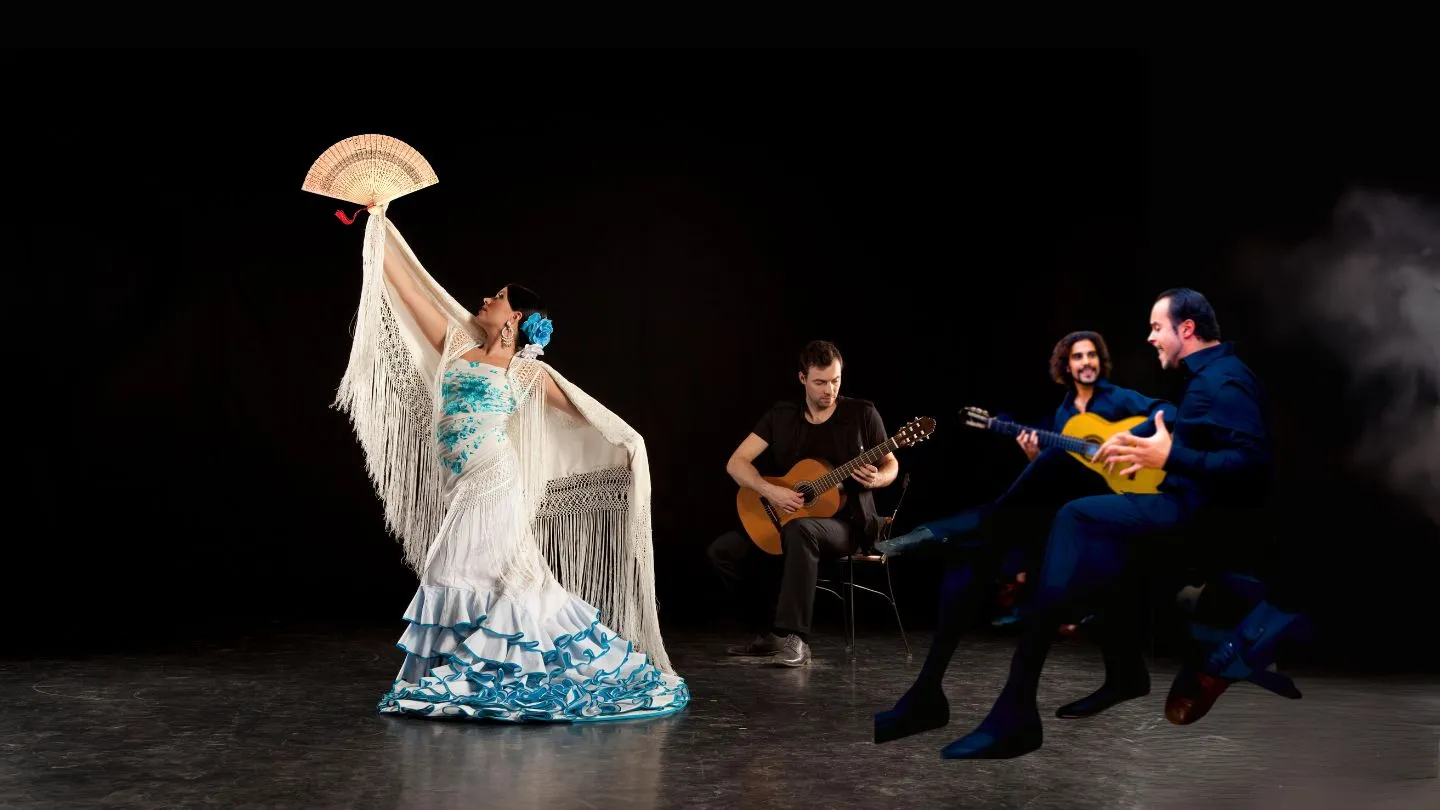
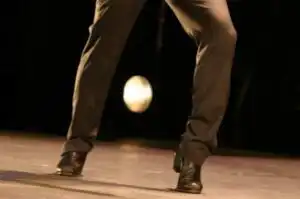


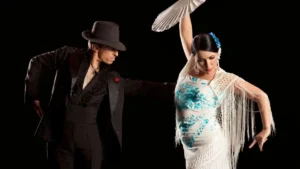
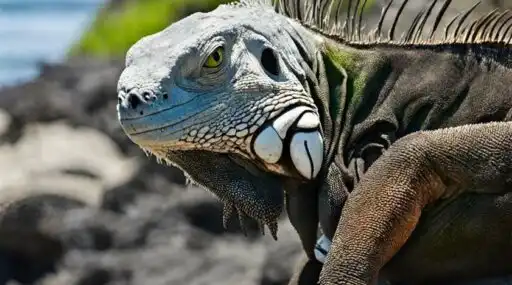


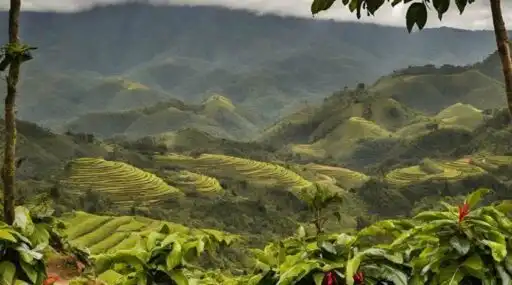
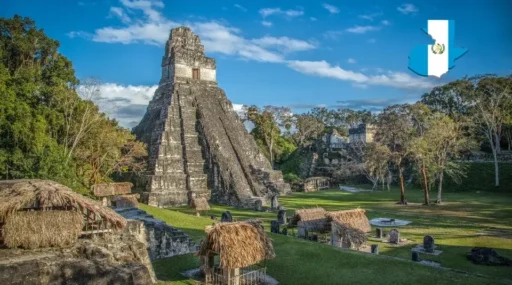
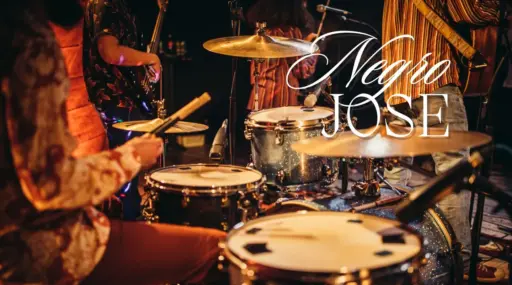
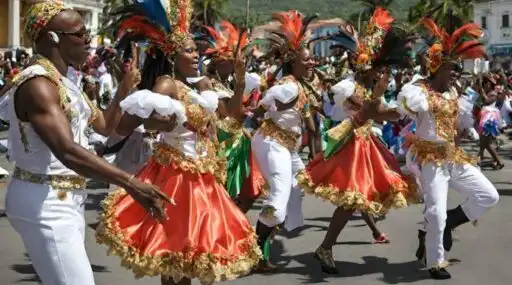

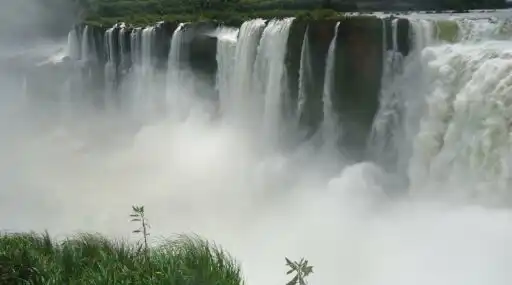

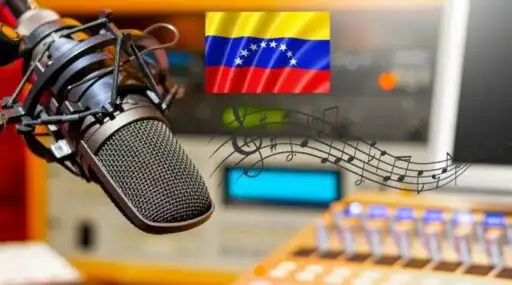
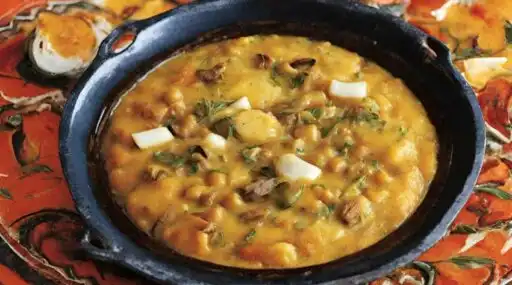
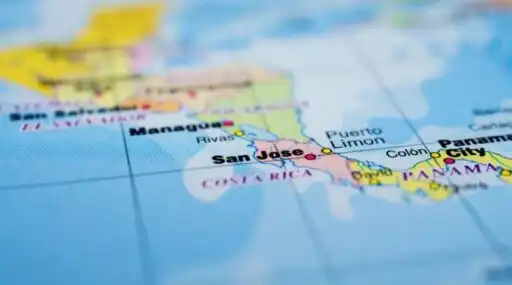



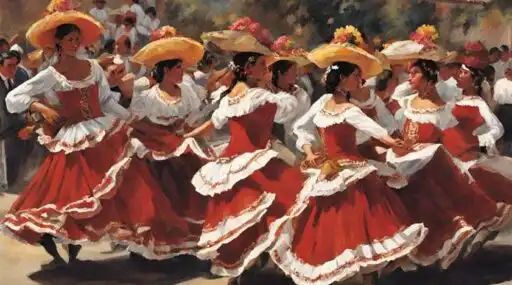
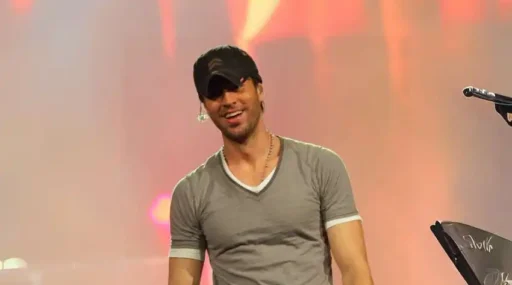
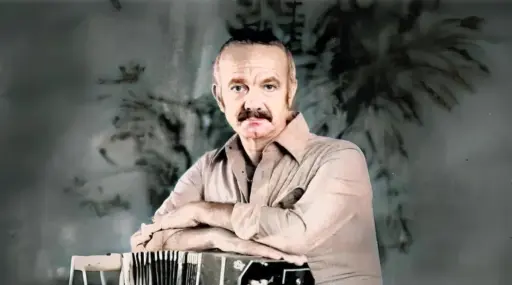
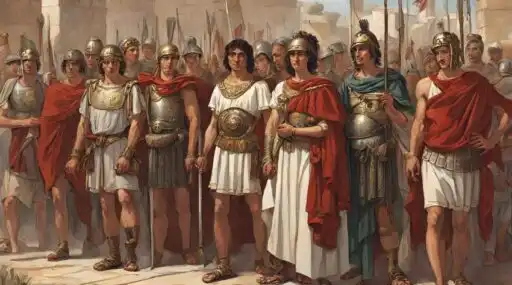


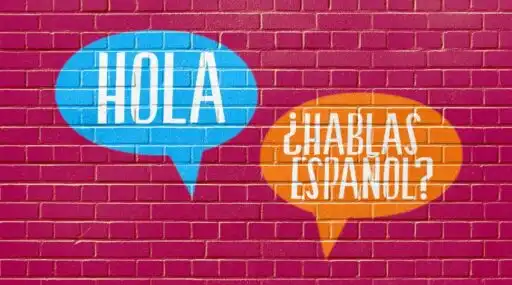

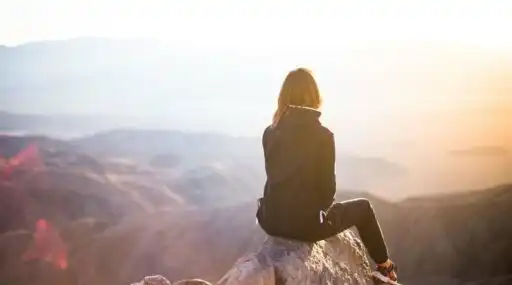
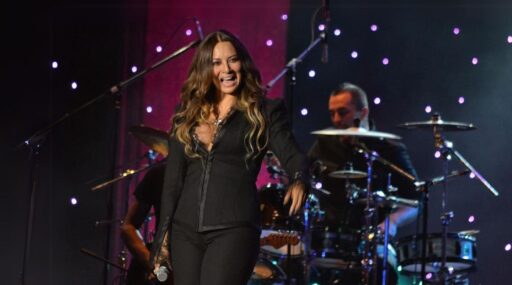
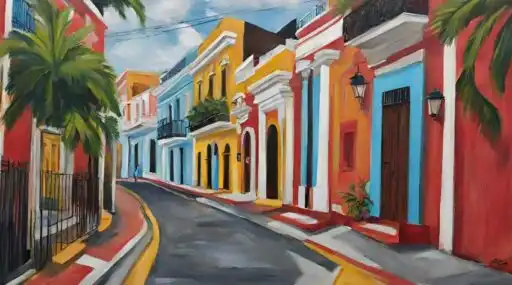

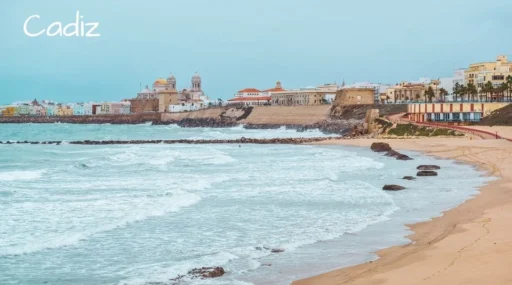
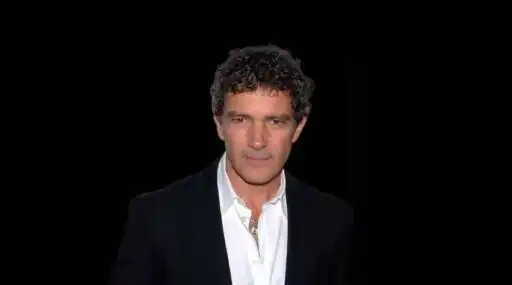
Leave a Reply